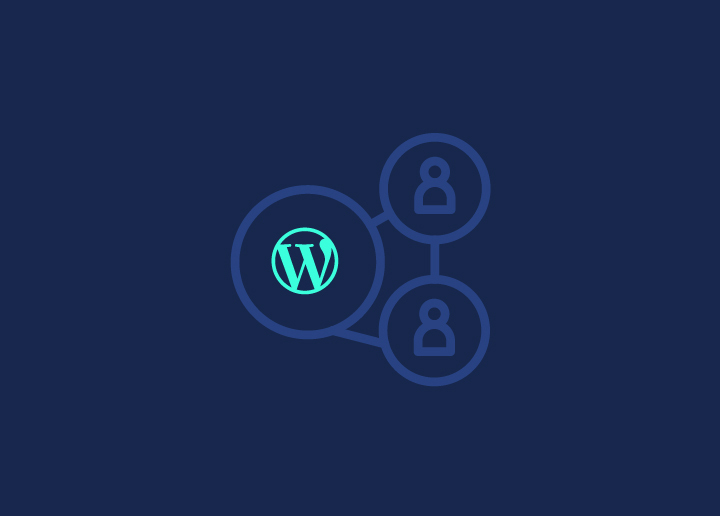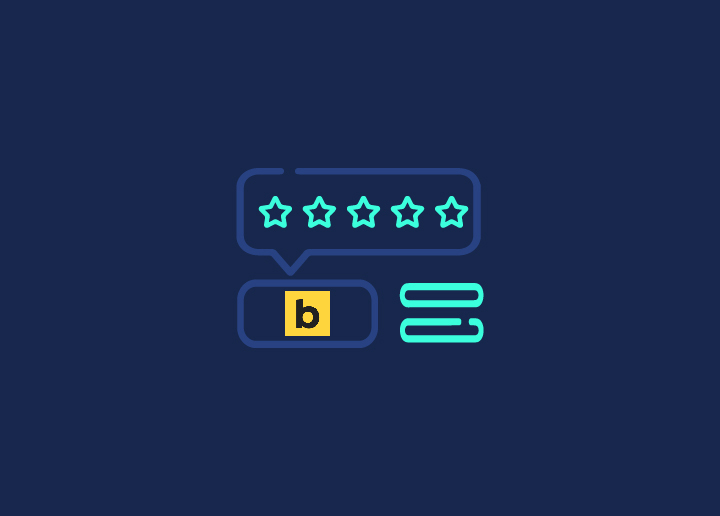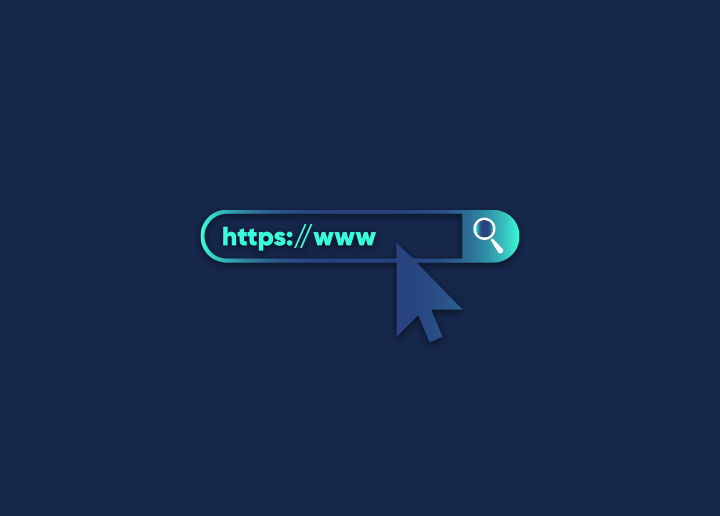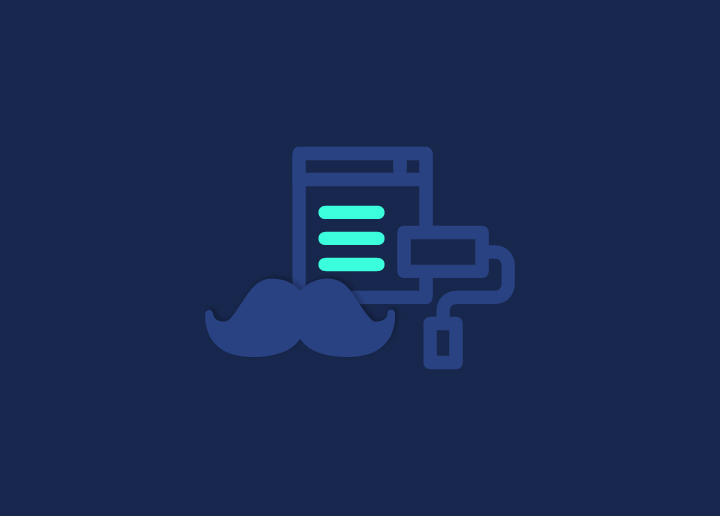Names of domains are an essential component of the infrastructure of the Internet. Domain Names provide an address that is readable by humans for every web server accessible over the Internet.
Using a public IP address, such as an IPv4 or IPv6 address, it is possible to communicate with any computer connected to the Internet.
People have a difficult time discovering who is operating the server or what services the website provides, even though computers are readily able to handle such addresses. IP addresses are notoriously difficult to memorize and are subject to morphing over time. We use human-readable addresses referred to as domain names to resolve these issues.
Who controls a website’s domain name?
It is not possible to “purchase a domain name.” It is done to ensure that new domain names will ultimately become accessible for use by another individual. If every domain name were to be purchased, the Internet would very rapidly become cluttered with inactive domain names that have been locked so that they cannot be used by anybody else.
Instead, you pay to acquire the legal right to use a domain name for a period ranging from one to several years. You can renew your right, and the renewal of your right takes precedence over the applications of other persons. However, you will never really own the domain name.
Domain name registries are used by businesses known as registrars to maintain track of the administrative and technical information connected to your domain name.
Obtaining ownership of a domain name
The procedure is relatively easy to understand:
- Proceed to the website of a registrar.
- A visible call to action usually says, “Get a domain name.” Make sure you click on it.
- Please provide the necessary information by filling out the form. Make sure, in particular, that you have not incorrectly spelled the domain name you want. After the price has been settled, there is no turning back!
- The registrar will notify you when the domain name is successfully registered under your account. Within a few hours, the DNS information you provided will have been received by all DNS servers.
Refreshing of the DNS
The Domain Name System (DNS) databases are stored on every DNS server in the world, and each of these servers refers to a select group of specialized servers known as “authoritative name servers” or “top-level DNS servers.” — you may think of them as the head servers that handle everything in the system.
How exactly do domains function?
Every website requires two essential components to function correctly: a web hosting server and a domain name. Each domain name is connected to the IP address that corresponds to it, and these IP addresses, in turn, refer to the web servers in charge of hosting the websites.
When a user types a domain name into a browser, the computer then searches a worldwide network of Domain Name System (DNS) servers for the IP address corresponding to that domain name.
Next, the server that has the information about the IP address sends it back to the web browser, which then sends a request to the hosting provider for the domain, asking for information about the site. All the data for the website, including its files, database, and HTML code, is stored on this web server.
After the host has transmitted the data, the data is then transformed by the web browser into a web page that users may access.
Refer to Seahawk Media for more such articles.


















